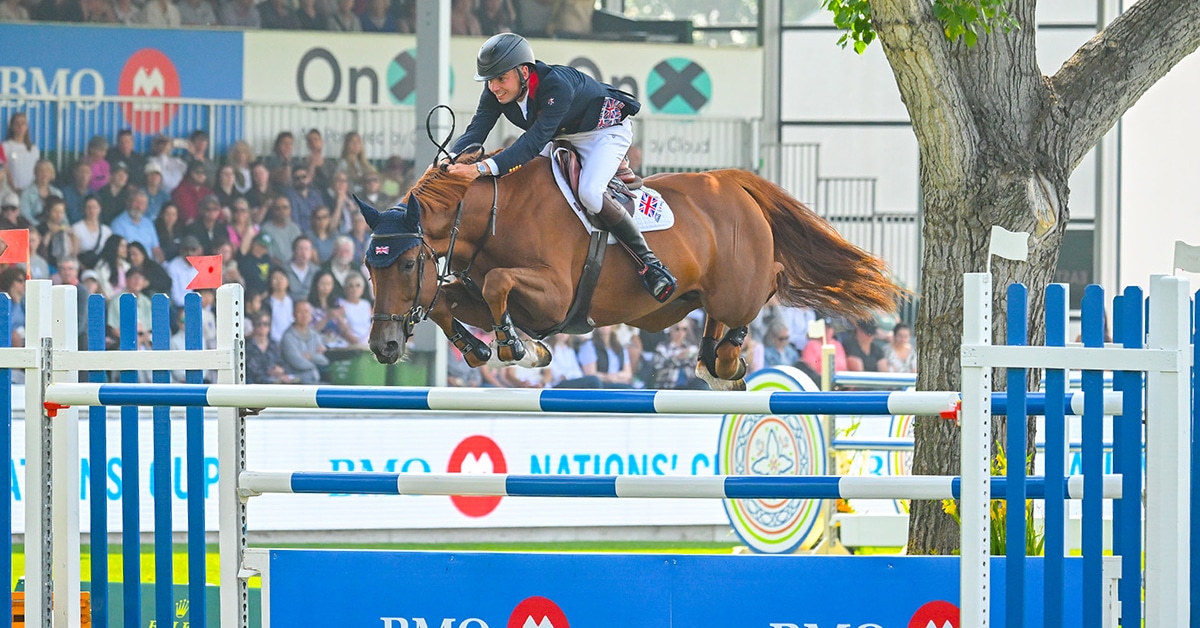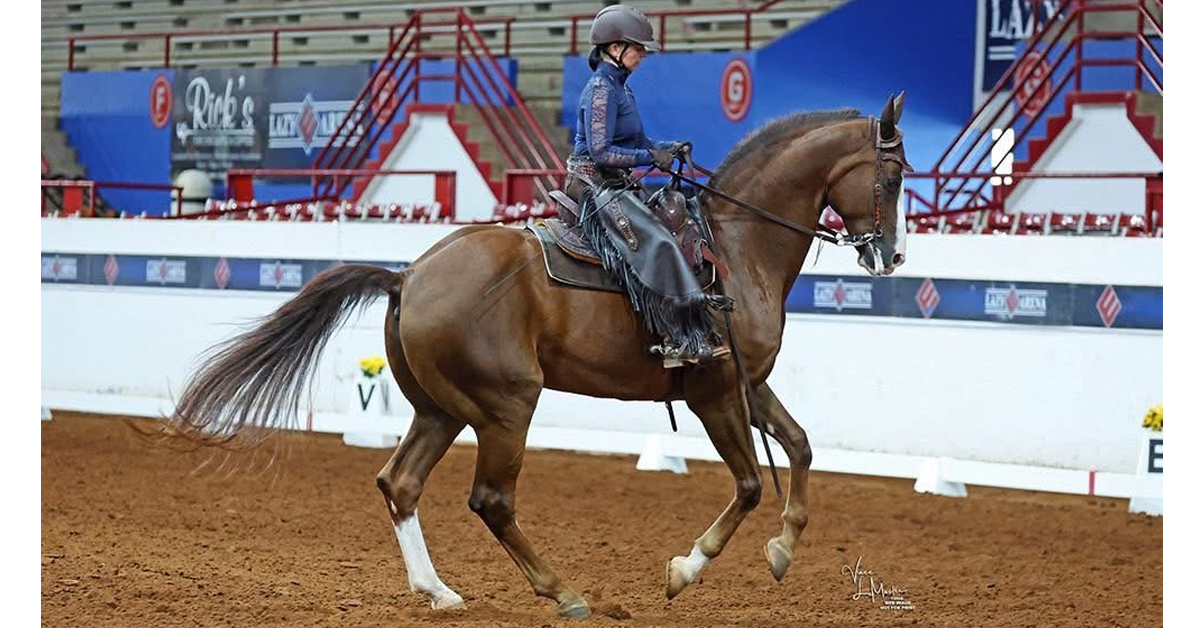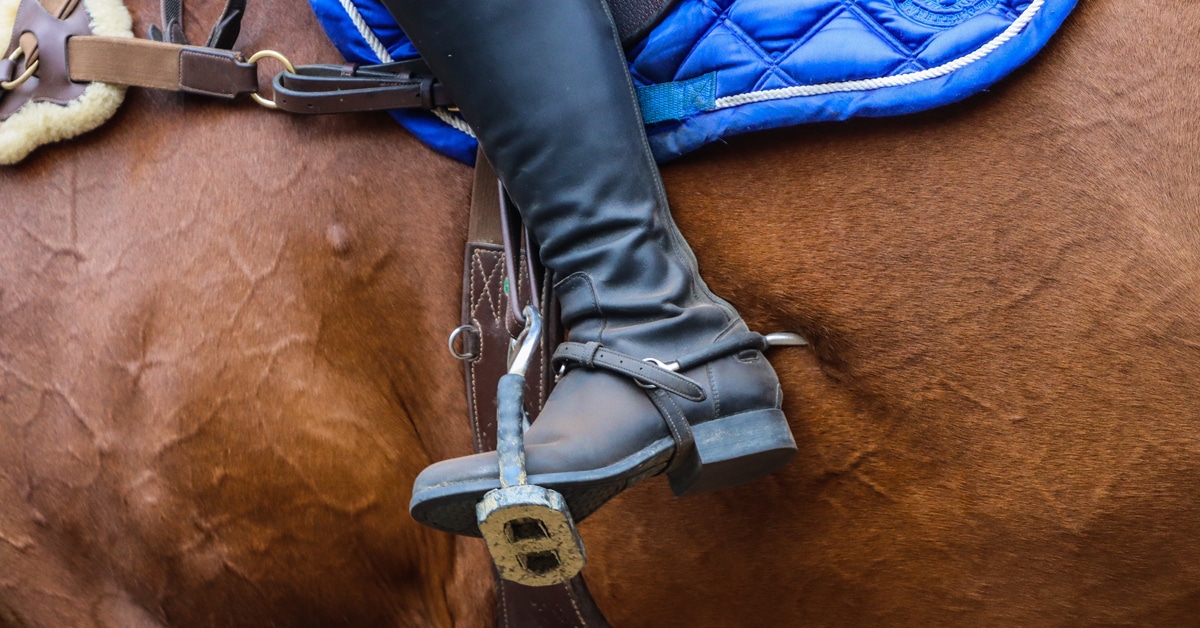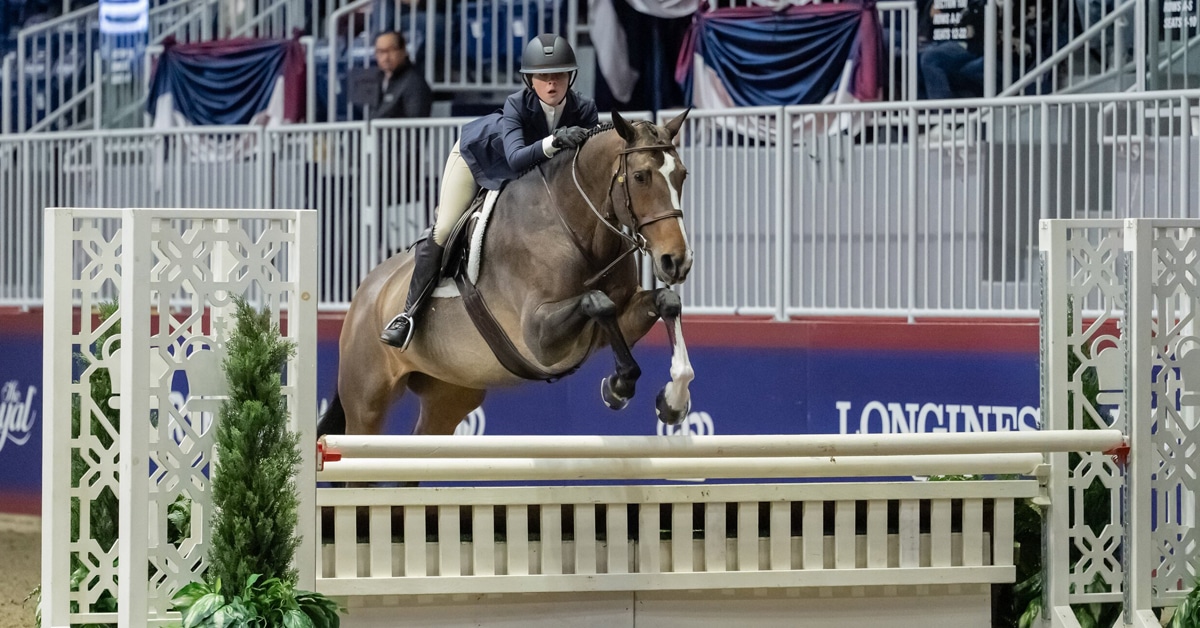From professional event riders to casual hackers, the bridle is an essential piece of tack, where optimal fit is imperative to ensure inadvertent discomfort or pain is not being experienced by the horse. Experienced veterinarian and scientific advisor to the BEF, Dr Rachel Murray of Rossdales Diagnostic Centre, gave an insightful presentation on this often-overlooked topic, at the Saddle Research Trust’s 4th International Conference in December 2021.


Dr. Murray and her colleagues set about to improve our understanding in this area by conducting a research study to determine areas of peak pressure under the bridle and whether this pressure could be alleviated through corrective bridle design (Murray et al., 2015). Nineteen elite dressage horses were equipped with a variety of well-fitting bridles, which were assessed using pressure mats (Pliance®) alongside gait measurements.

Well-fitting bridles were assessed using pressure mats.
The study determined 6 key high-pressure zones under the bridle: (1), back edge of headpiece and (2), front of edge headpiece, impacting on the back of the ear and the front of the wing of atlas respectively; (3) under the browband attachment, interacting with the TMJ and hyoid apparatus; (4) under the front of the noseband impacting either side of the nasal bone on its edges; (5) under the back of the noseband affecting the mandible and (6) over the crown of the head.
Interestingly, these zones of high pressure under the bridle are intermittent, they occur at different phases of the stride cycle due to different ground reaction forces or simply due to natural reflexes such as swallowing. In her presentation, Dr. Murray shared some interesting video footage of the data collection for a horse jumping. Here we could see in real-time, how pressure points under the bridle correlate to ground forces experienced during take-off and landing whereas the pressure mat data was flat or negligible while the horse was in flight.
The study also highlighted the effects of various types of bridle parts on these pressure points. For example, a wide headpiece impacts against the font of the atlas whereas buckles create focal pressure points under the headpiece. When looking at different nosebands, the study found that a conventional cavesson was associated with asymmetrical pressures particularly where the leather and buckle occurred. Alternatively, a crank cavesson with buckles on both sides exerted more symmetrical pressure and the side rings acted as articulation points on the bridle which allow different parts to move independently and in synergy with head movements, alleviating pressure. A flash noseband tended to have the highest pressures exerted in most locations, negatively impacting on the horse’s movement. Whereas a well-fitted drop noseband or a Mexican grackle with articulation rings tended to have the lowest associated pressures and freedom of movement.
The pressure data also gave some valuable insights on bridle fit considerations, for example, correct positioning of the noseband relative to the facial crest, which has many nerve endings present (see opening image). A high-fitting noseband, sitting on top of the crest results in very little leeway for movement. If placed lower down so there’s a space between the noseband and the facial crest, it will result in less pressure on the noseband-headpiece unit which the study showed to improve hindlimb movement.

A. Central lozenge to maintain stability and evenly distribute pressure
B. Narrow sides of headpiece to avoid the ears and wings of atlas
C. Splits lowered to increase stability and are symmetrical both sides
D. Noseband attachments on both sides to avoid midline pressure
E. Prolite pads to raise bridle off pressure points under the browband
F. Headpiece and noseband lined with Prolite for comfort
G. Prolite pad to raise the noseband off the nasal bone
H. Noseband rings for articulation with head movements
The research group then compared pressure and gait measurements of horses wearing their standard bridle versus the new bridle design. The modified headpiece significantly decreased the pressure (23.93 kPa) seen with the standard bridle (49.24 kPa) and similar results were achieved with the modified noseband. The modified bridle also had a significant effect on horses’ movement, the new design allowing for 4.2% more forelimb protraction, 4.1% more carpal (knee) flexion and 3.5% more tarsal (hock) flexion.
When considering the findings, Dr. Murray postulated that with a standard bridle we are potentially interfering with important muscle attachments as well as nerve endings in areas under the bridle. This may affect flexion of the head and neck, protraction of the forelimb, tongue movements and attachments of the hyoid apparatus to the sternum and to the scapula.
Dr. Murray gave a parting caution on the importance of tailoring bridle fit to the individual shape and anatomy of the horse. For example, facial symmetry can be an issue, for example, if the distance from the base of the ear to the eye is not equal on both sides, resulting in the noseband twisting over to the right-hand side. However, when the bridle is fitted and shaped to the head correctly, the noseband stays central. Other considerations need to be taken for the distance between facial crest and the corner of the mouth which will determine noseband width. Also, anatomical prominences such as an enlarged tooth in a young horse or abnormal bone growths may cause pressure points and so padding or strategic fitting of bridle parts needs to be considered to minimise pressure and maximise comfort.
As Dr. Murray commented, “There are real opportunities now to use current knowledge to guide recommendations for bridle fit.” The research she presented demonstrated where we decrease pressure under the bridle, there is a significant improvement in the horse’s movement patterns which can only improve welfare and performance of our horses.
The Latest









